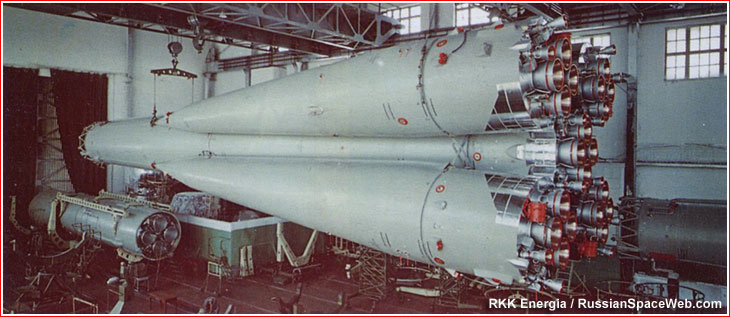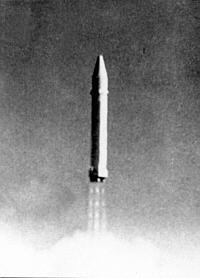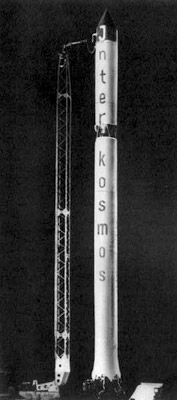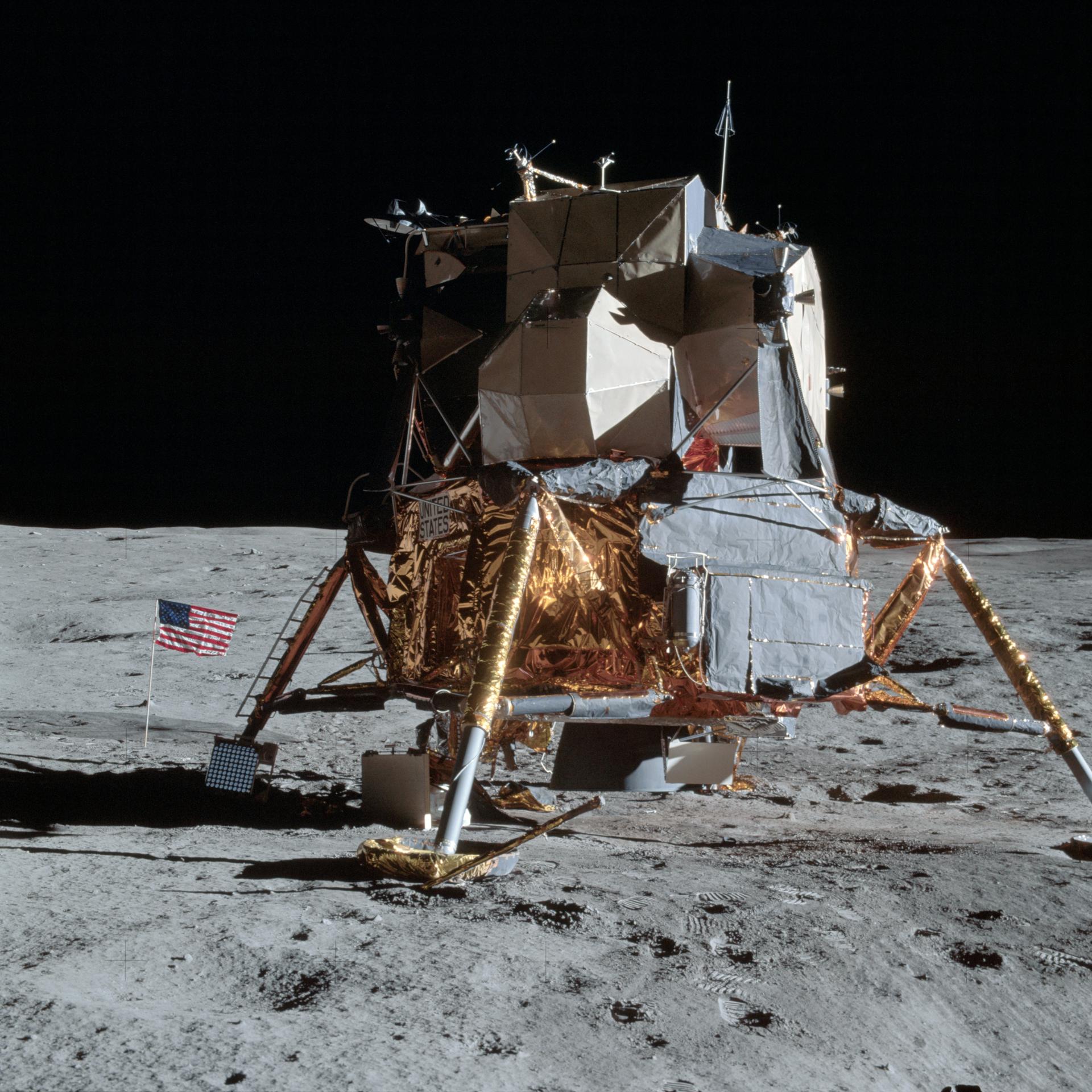Previous Spaceflight Launches
Filter by Agency, Locations or Vehicles
Show All LaunchesVoskhod | Zenit-4M 21
Soviet Space Program | RussiaBaikonur Cosmodrome, Republic of Kazakhstan
Aug. 19, 1971, 6:30 a.m.
Scout B-1 | Eole
Vought | United States of AmericaWallops Flight Facility, Virginia, USA
Aug. 16, 1971, 6:39 p.m.
Titan 24B | KH-8 32
Lockheed Martin | United States of AmericaVandenberg SFB, CA, USA
Aug. 12, 1971, 3:30 p.m.
Soyuz 11A511L | T2K 3
Energia | RussiaBaikonur Cosmodrome, Republic of Kazakhstan
Aug. 12, 1971, 5:30 a.m.
R-36O 8K69M | OGCh 24
Yuzhnoye Design Bureau | UkraineBaikonur Cosmodrome, Republic of Kazakhstan
Aug. 8, 1971, 11:45 p.m.
Atlas F | LOADS 2
Convair | United States of AmericaVandenberg SFB, CA, USA
Aug. 7, 1971, 12:11 a.m.
Voskhod | Zenit-4M 20
Soviet Space Program | RussiaBaikonur Cosmodrome, Republic of Kazakhstan
Aug. 5, 1971, 10 a.m.
Kosmos 11K63 | DS-P1-Yu 44
Strategic Rocket Forces | RussiaPlesetsk Cosmodrome, Russian Federation
Aug. 3, 1971, 11 a.m.
Apollo LM | Apollo 15
Northrop Grumman Space Systems | United States of AmericaHadley–Apennine, Moon
Aug. 2, 1971, 5:11 p.m.
Voskhod | Zenit-2M 21
Soviet Space Program | RussiaBaikonur Cosmodrome, Republic of Kazakhstan
July 30, 1971, 8:29 a.m.







